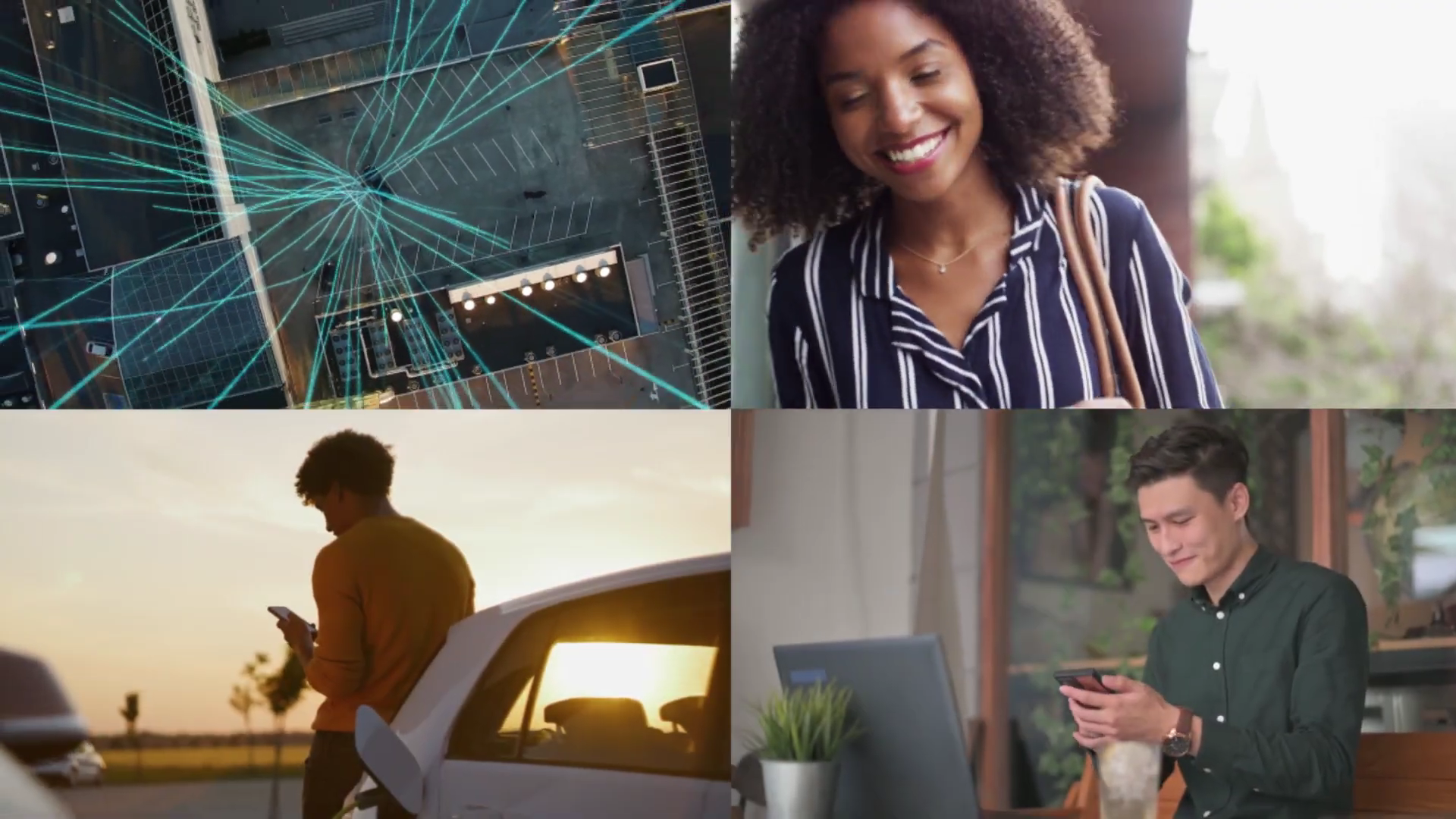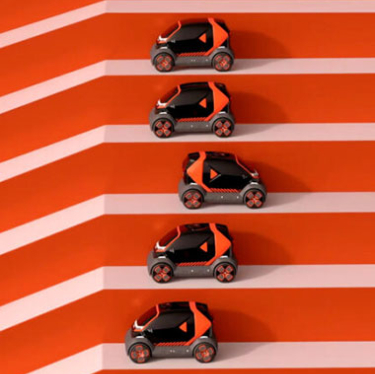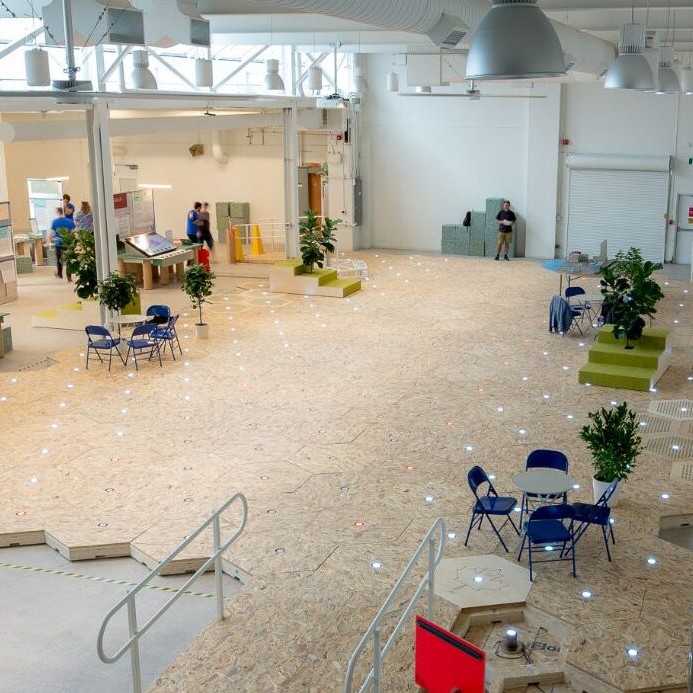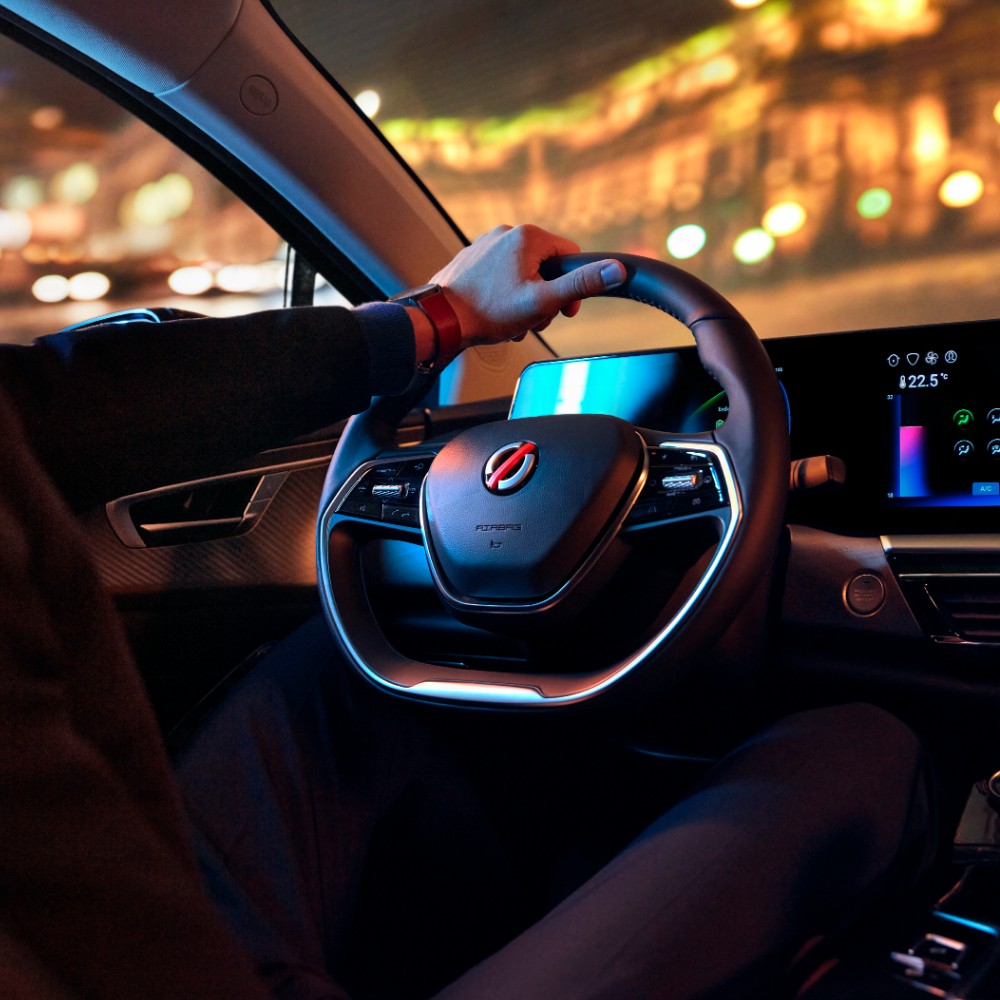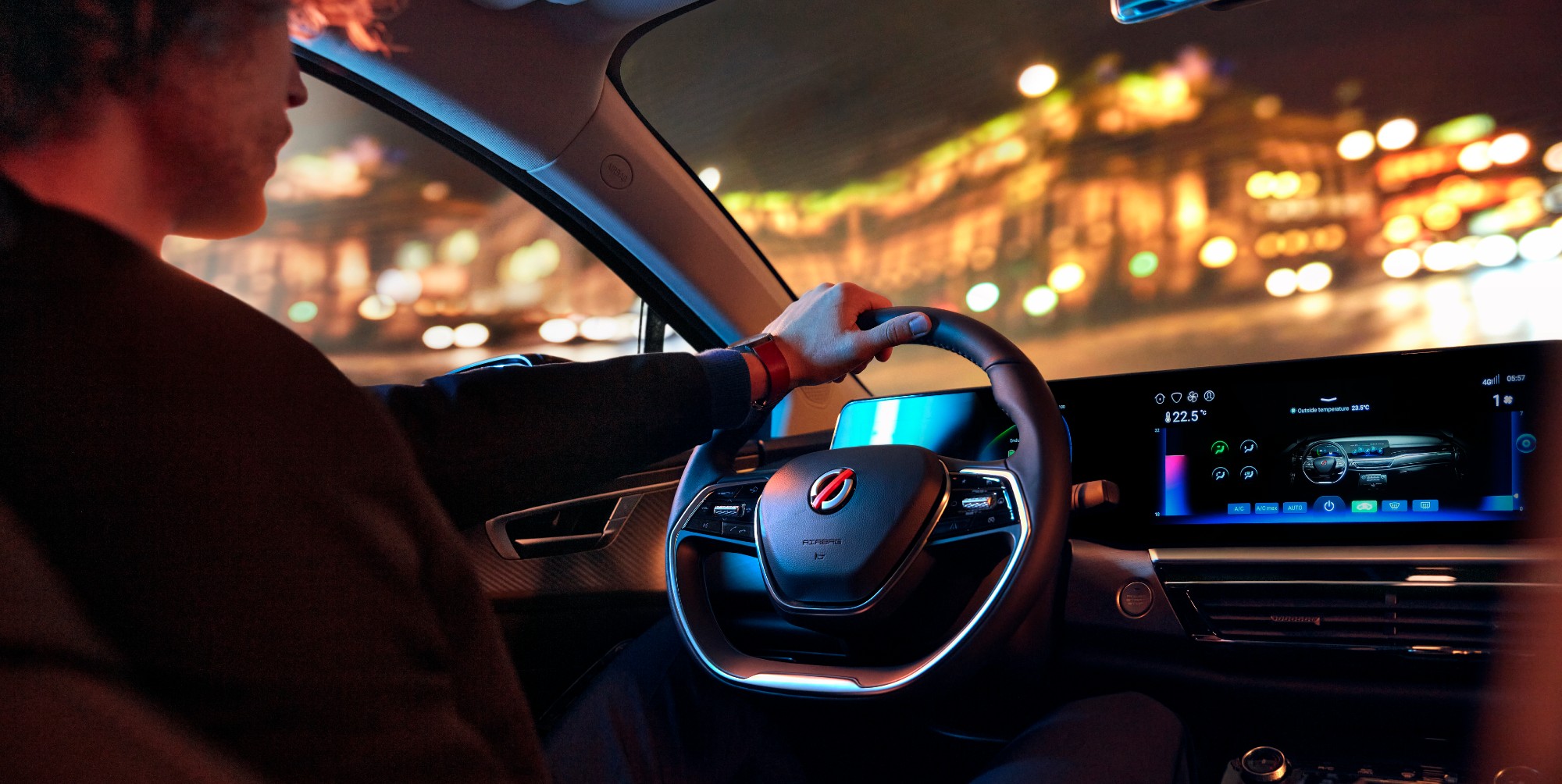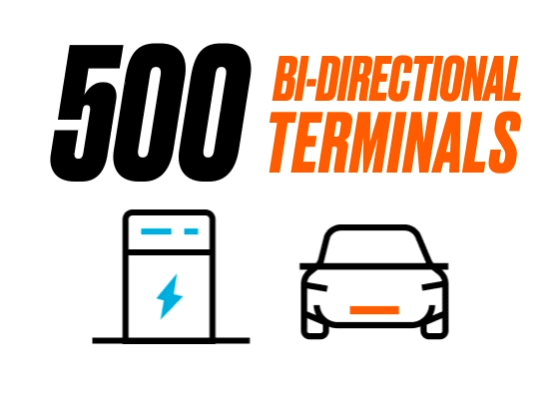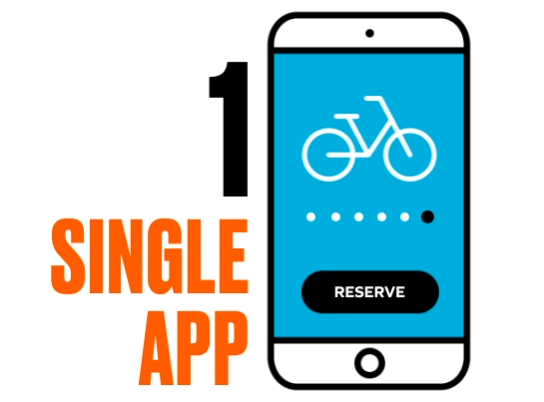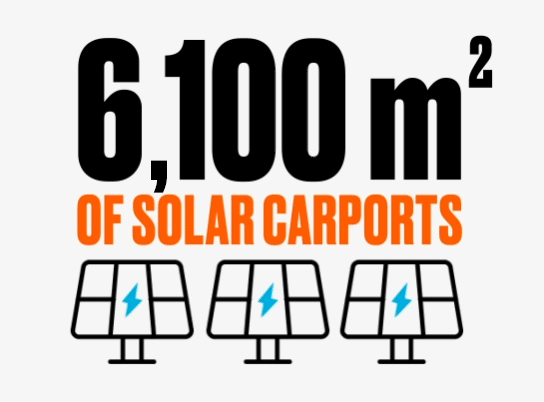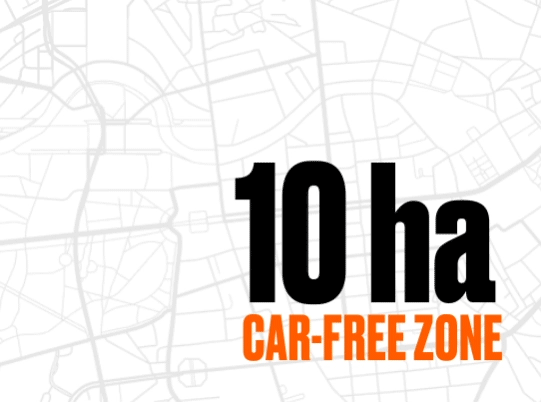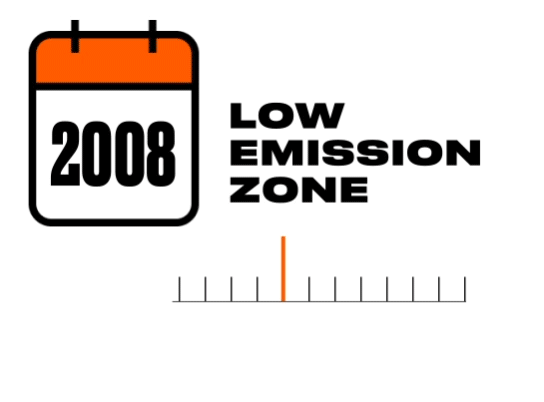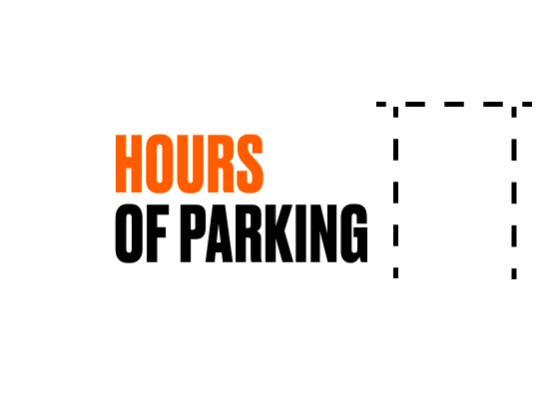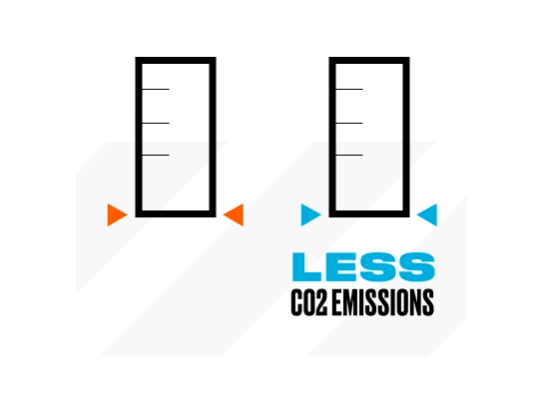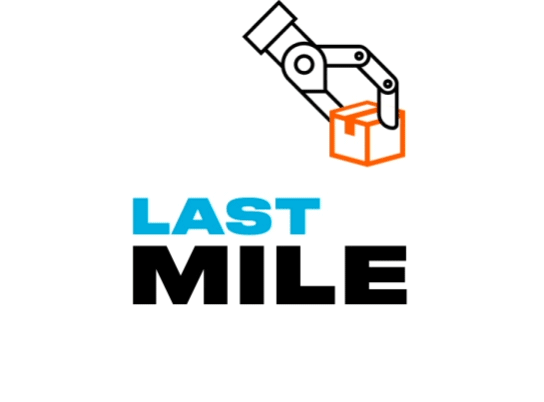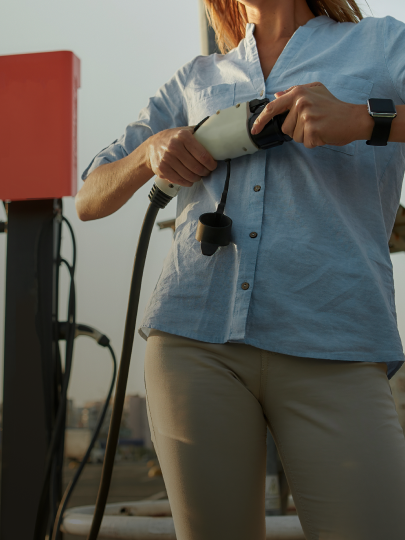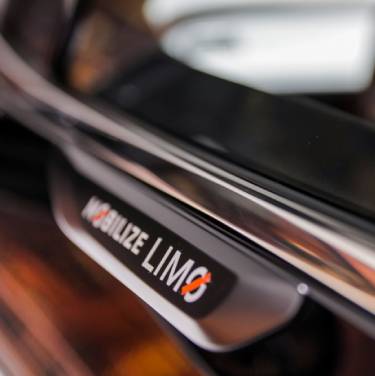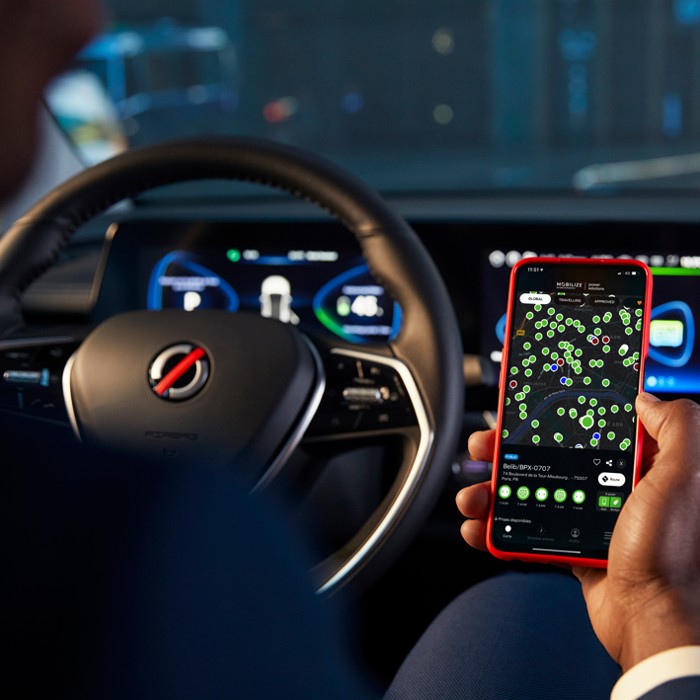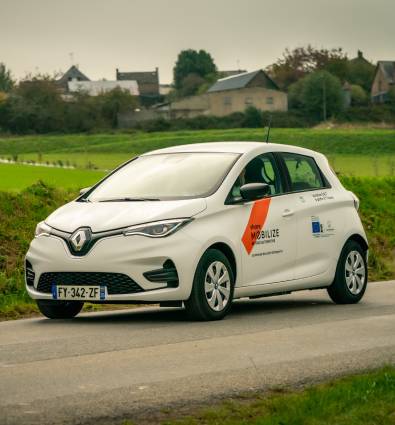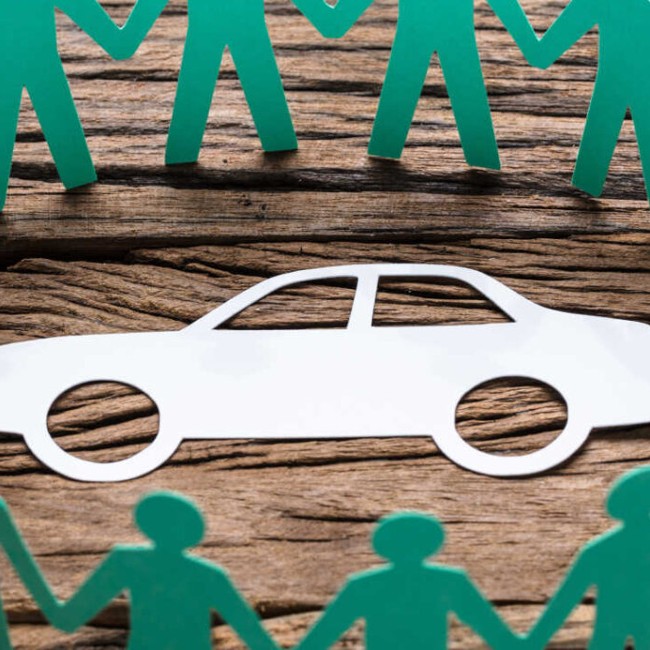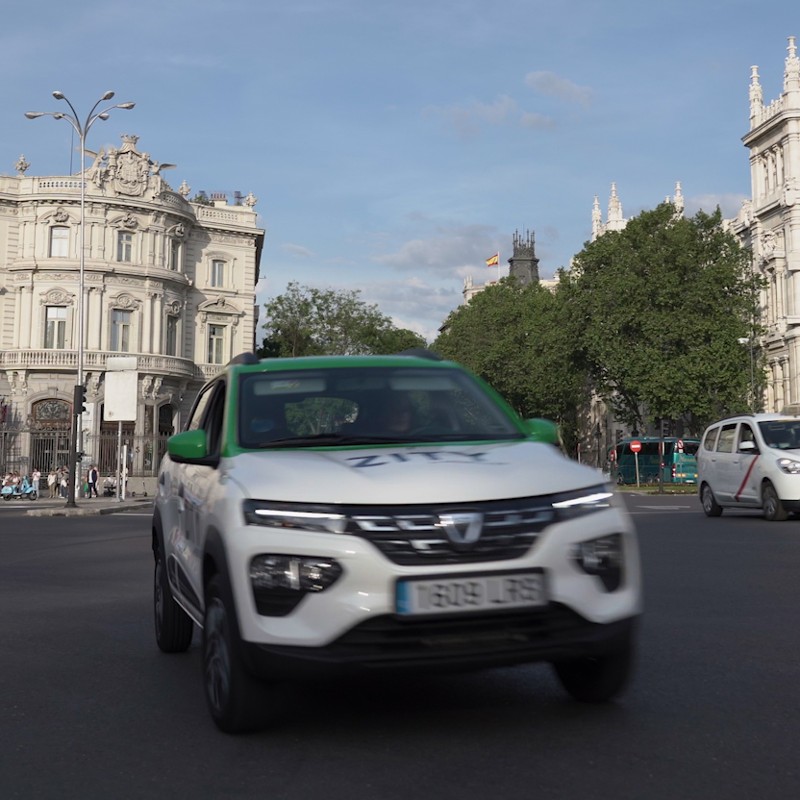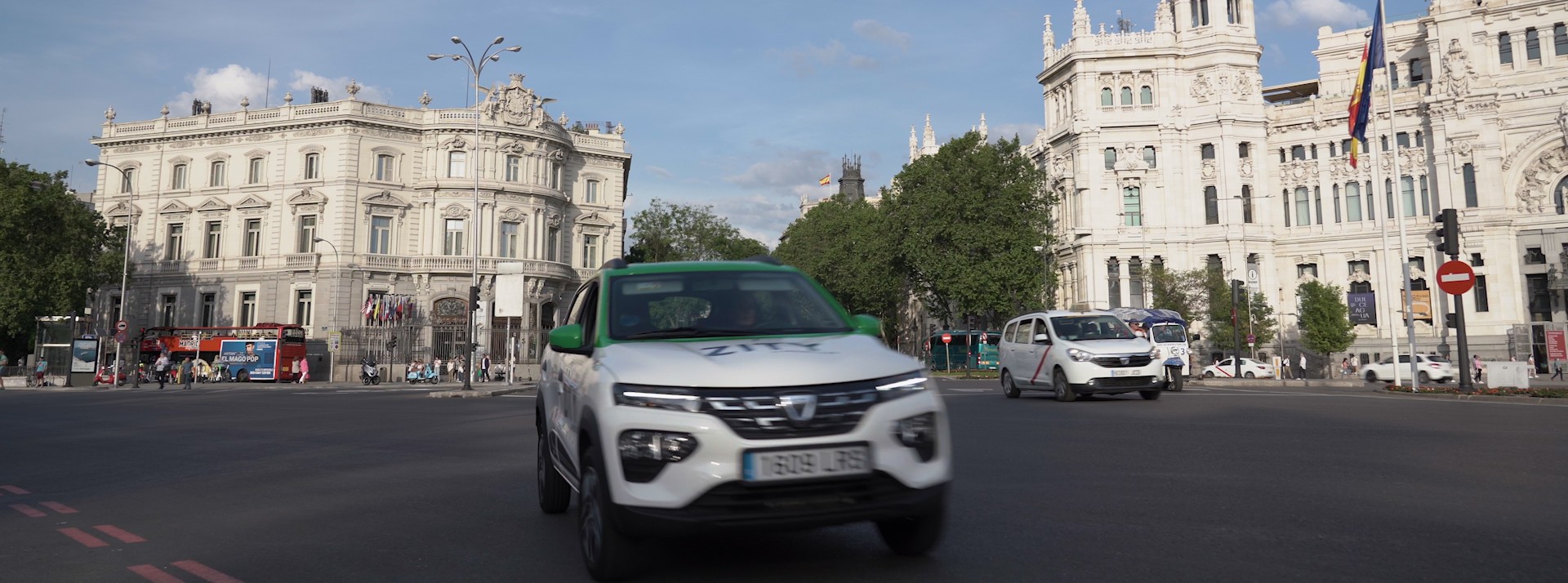This evolution comes from both and finally, if we look at it a little, there are four major factors that we have been able to identify that are changing the way we consume mobility. The first is the environmental factor, where we clearly realise that people are increasingly sensitive to this issue, both the general public and companies, which are increasingly being asked to decarbonise their employees’ journeys. We could mention, for example, the mobility plan, which is the former company travel plan.
Another factor which is making this mobility evolve is the societal factor, in particular, which we can see through Covid, which has led to the emergence of teleworking and therefore, has created alternating rhythms between presence at home and presence in the workplace. If we look at a little bit here, there is a TraCov survey which was carried out in France which shows that in 2019, about 4% of workers will be teleworking and then, in 2021, we will reach 27%. These are years that have been somewhat disrupted by Covid, so it will be interesting to see how the figures evolve, but in any case, there is a long-term trend.
Another important factor is the economic factor. As a general rule, everyone looks at the cost of travel, including individuals, and this was very well illustrated in the previous podcast, which showed that the cost of travel is a major factor in the choice of mobility. This economic factor can also be found within companies, and it remains an important PI case for a fleet manager to control and optimise the cost of employee travel.
Then, the last point is the technological factor. Today, the smartphone is everywhere. We use it to communicate, we use it to make purchases, we use it to use public transport, we use it to get information. Once again, there is this trend of “everything, immediately, everywhere”. In particular, we see the concept of “ATAWAD”, which stands for “Any time, anywhere, any device”, which I think reflects quite well the way in which we use these digital tools, i.e. anytime, anywhere and on any device, i.e. with our phone, with our computer. In any case, technology is clearly part of the way we live from now on and therefore we have to adapt to these factors, adapt our offers to meet these different needs and this evolution of mobility.
